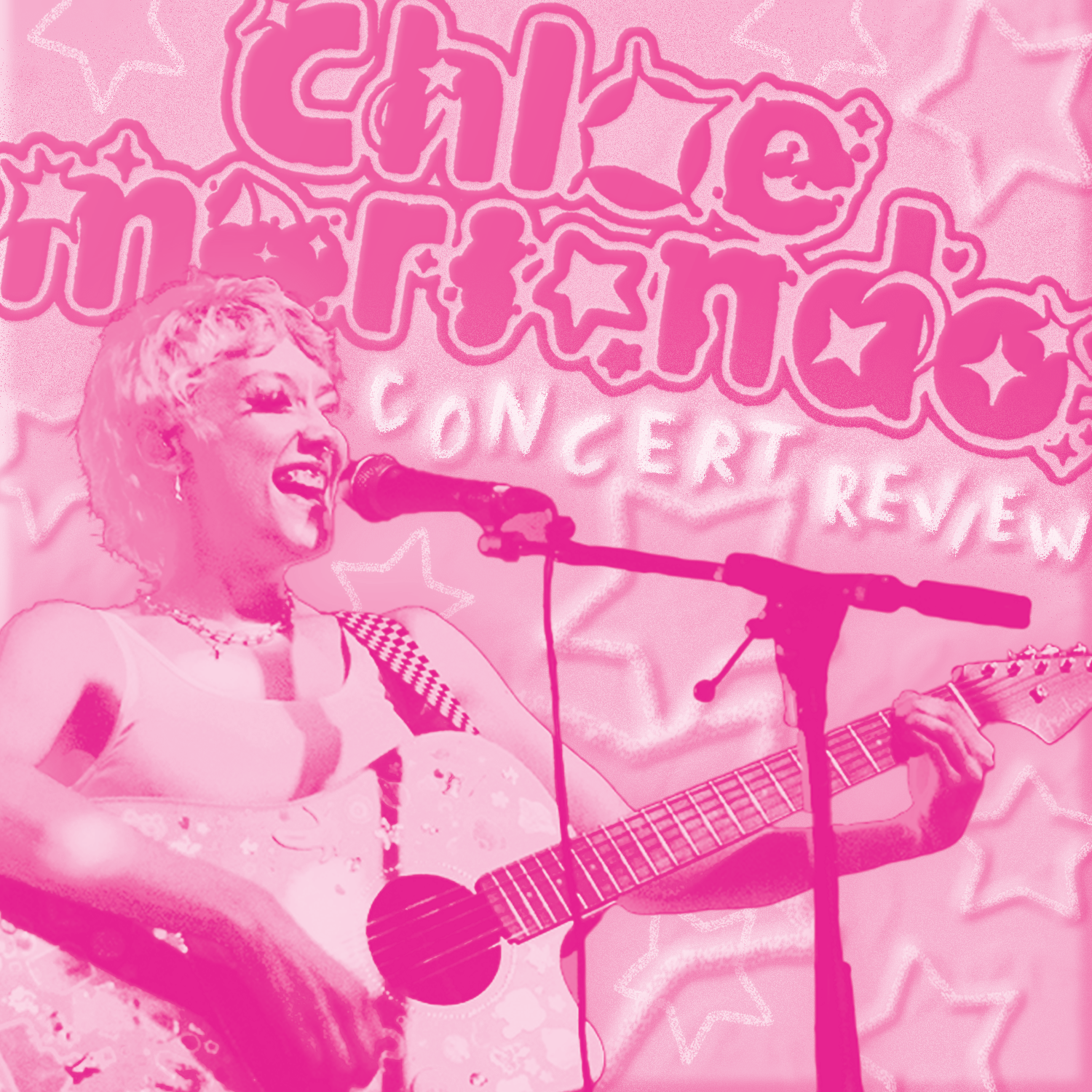Music
How Record Stores are Elevating the Twin Cities’ Music Scene
Record stores are a bigger deal than they may seem—here’s why.
A Conversation with Pit Stop: Radio K Short Circuit Event Headliner
From bird sounds to harmonizing, Pit Stop told us everything we needed to know about who they are & why they rock.


















